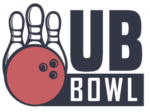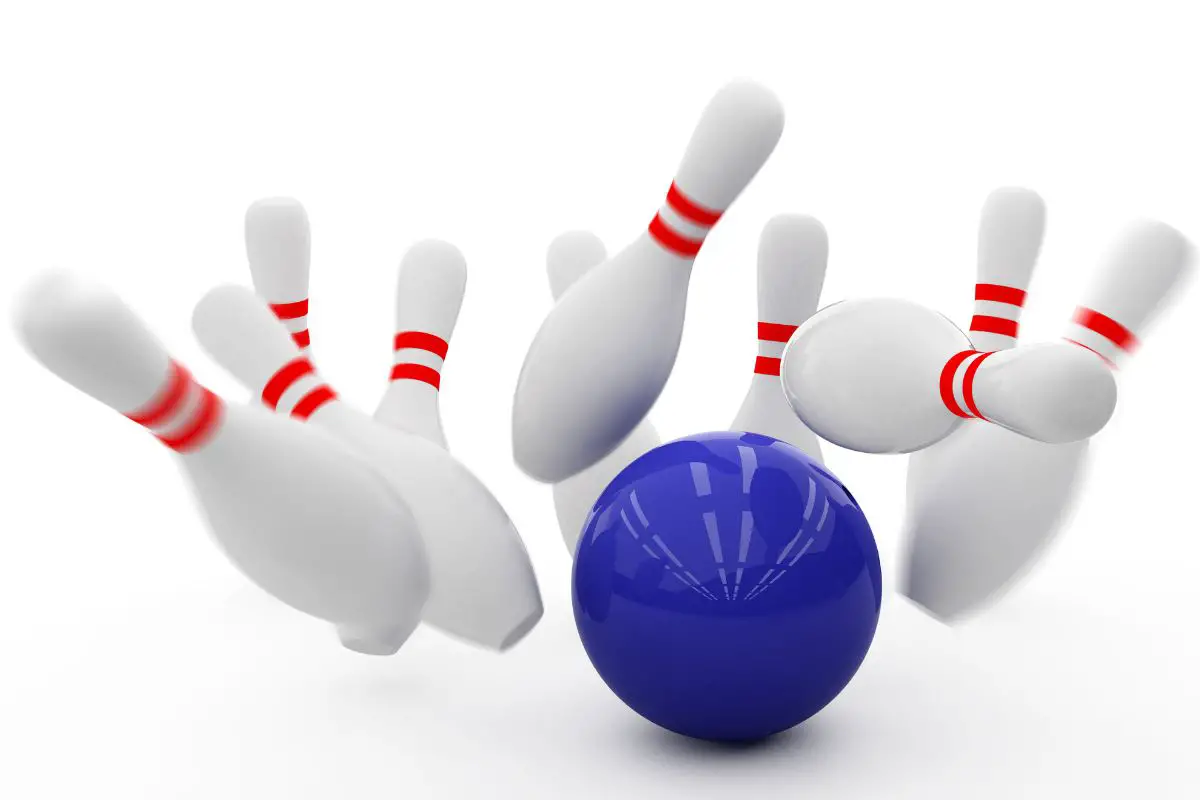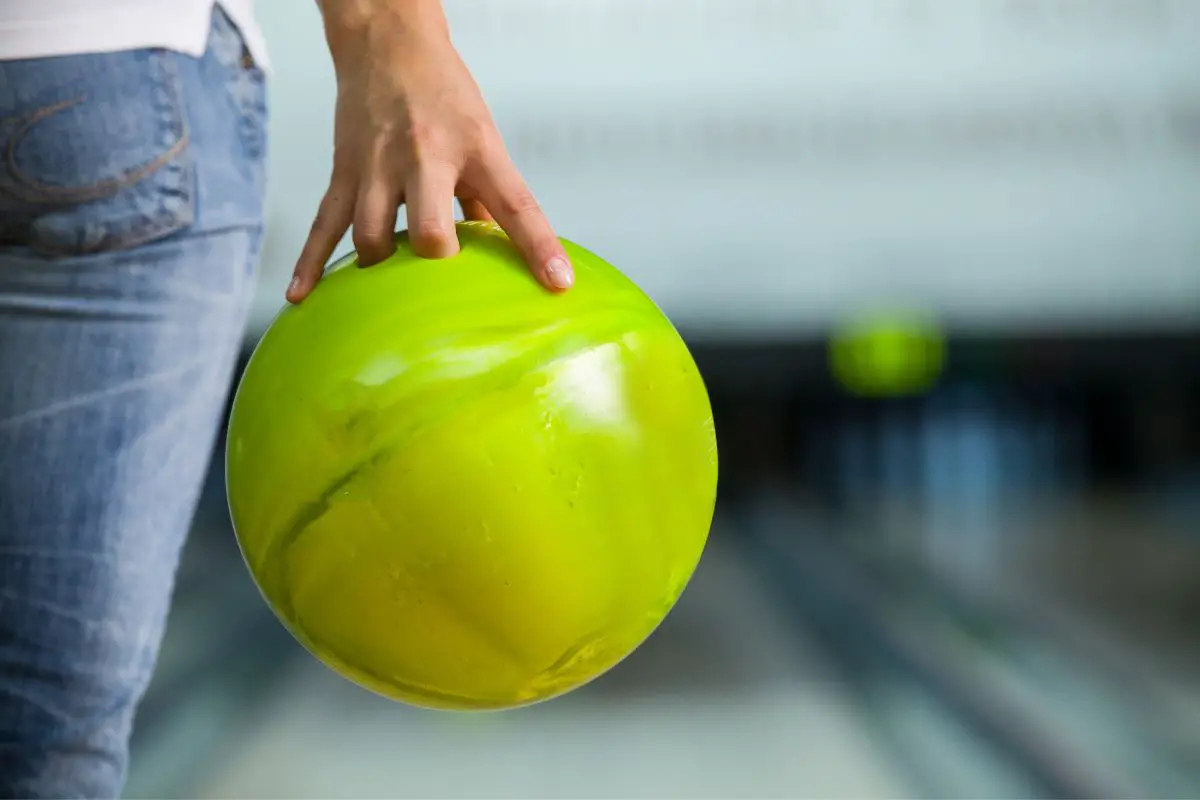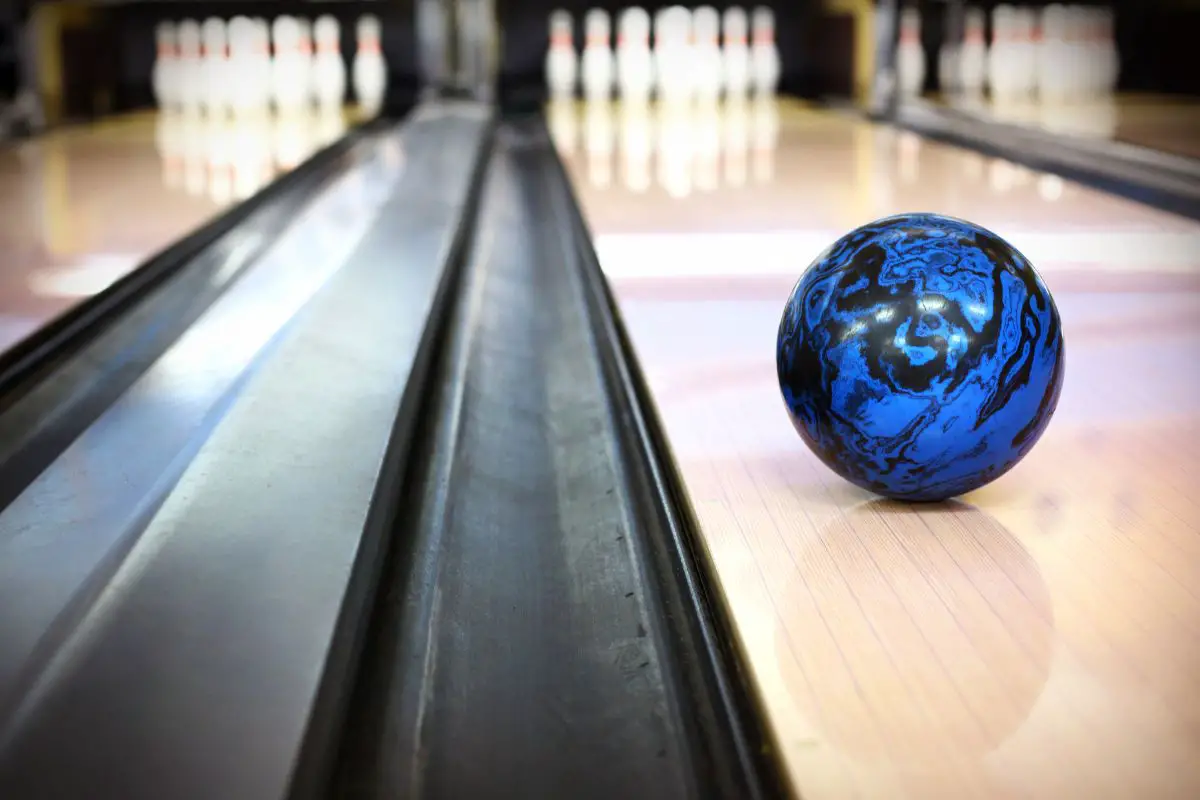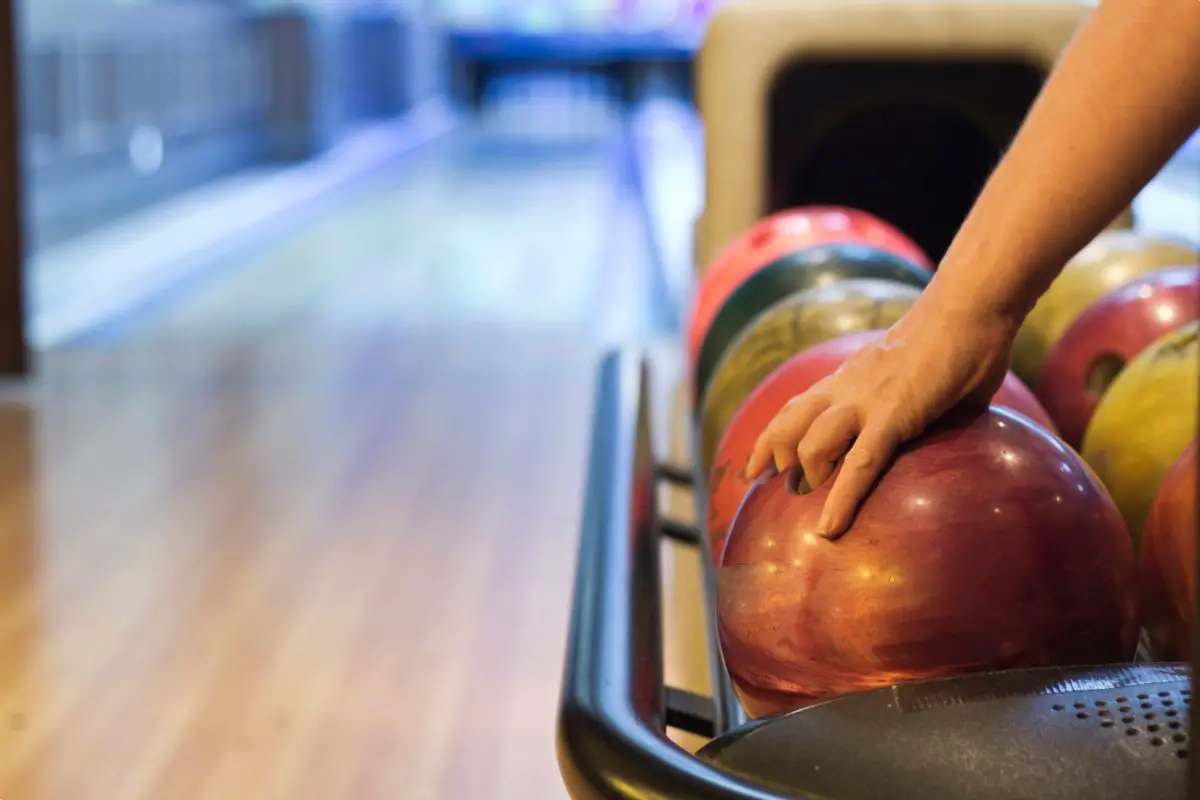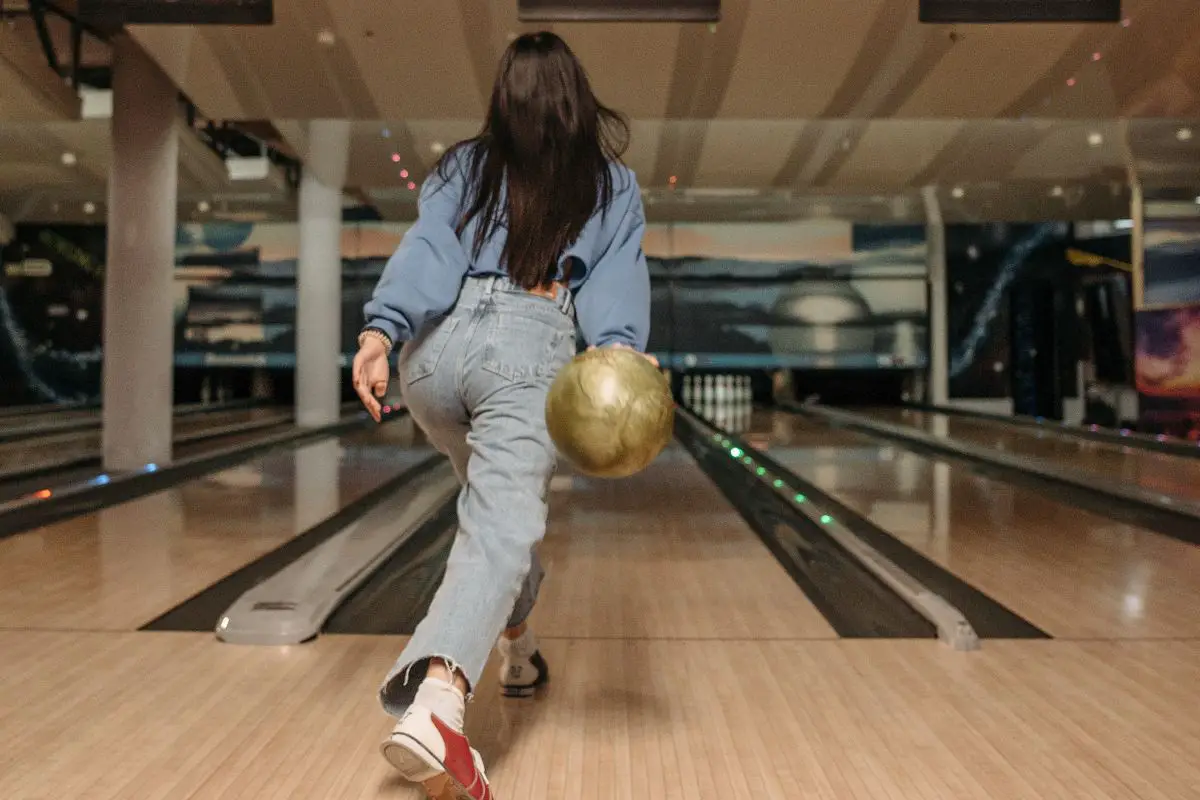As most players in the bowling world play the sport recreationally, there is often quite a big jump from beginner to professional or at least serious players seeking to advance their skills by learning about technique and equipment.
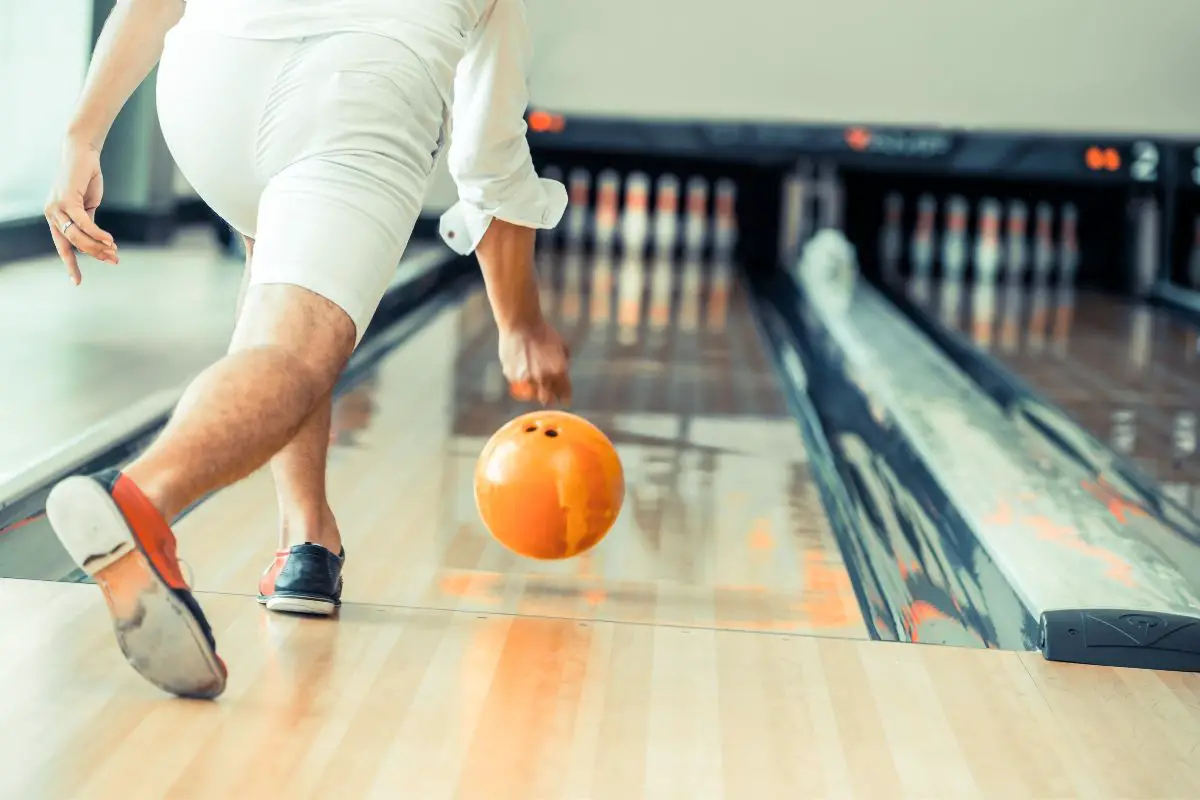
One thing that can often scare people away from more competitive understandings of bowling as a sport can be a result of the jargon and terminology that often mars the more advanced understanding of the game.
If you want to be a competitive player, understanding the oiling of the lane, as well as what a ‘house pattern’ and ‘sport pattern’ is, remains fundamental to playing well in a competitive match.
Additionally, understanding how to use these patterns to bowl well is also important.
Here’s our guide to the sport pattern.
Oiling
As a beginner you may not realize that most bowling lanes are ‘oiled’ usually in some form of mineral oil which accounts for 98% of most modern formulas.
While this may have not originally dawned on you during recreational play, it can make a lot of sense when you realize it is occurring.
Of course, when the ball hits the lane there must be some form of lubrication otherwise the balls wouldn’t roll as fast as they do.
This has a lot to do with the material of the ball, there are four common materials for the bowling ball each interact differently with different levels of oiling.
Most lanes will exhibit some differing levels of oiling, some will be particularly slick requiring a ball with a more frictive surface, while some lanes will be less oiled requiring a ball with a less frictive material.
Common ‘House’ Practices
So, if you have ever been to your local bowling alley where they don’t necessarily host competitive matches, this is more of a recreational setting than a competitive one.
In these settings, they often follow certain practices which aren’t common in competitive bowling alleys.
For instance, the balls you use will be known as ‘house balls’; they will most likely be polyester balls, the cheapest and most conventional bowling balls. Plastic isn’t the most grippy material so most bowling alleys will oil their lanes infrequently.
However, when these recreational bowling alleys oil their lanes, they will actually oil them in a specific way that is beneficial to recreational play over competition.
This is often called a ‘house pattern’ – the oiling generally occurs in the middle of the lane, with less oil occurring near the gutters.
This is generally helpful for play and makes the games less difficult as the ball will naturally be funneled towards the ‘pocket’ which is the main area you want to hit.
If you ever found playing in a competition bowling alley harder, this is likely why, as different oiling patterns are used in competition.
What Is A ‘Sport Pattern’?
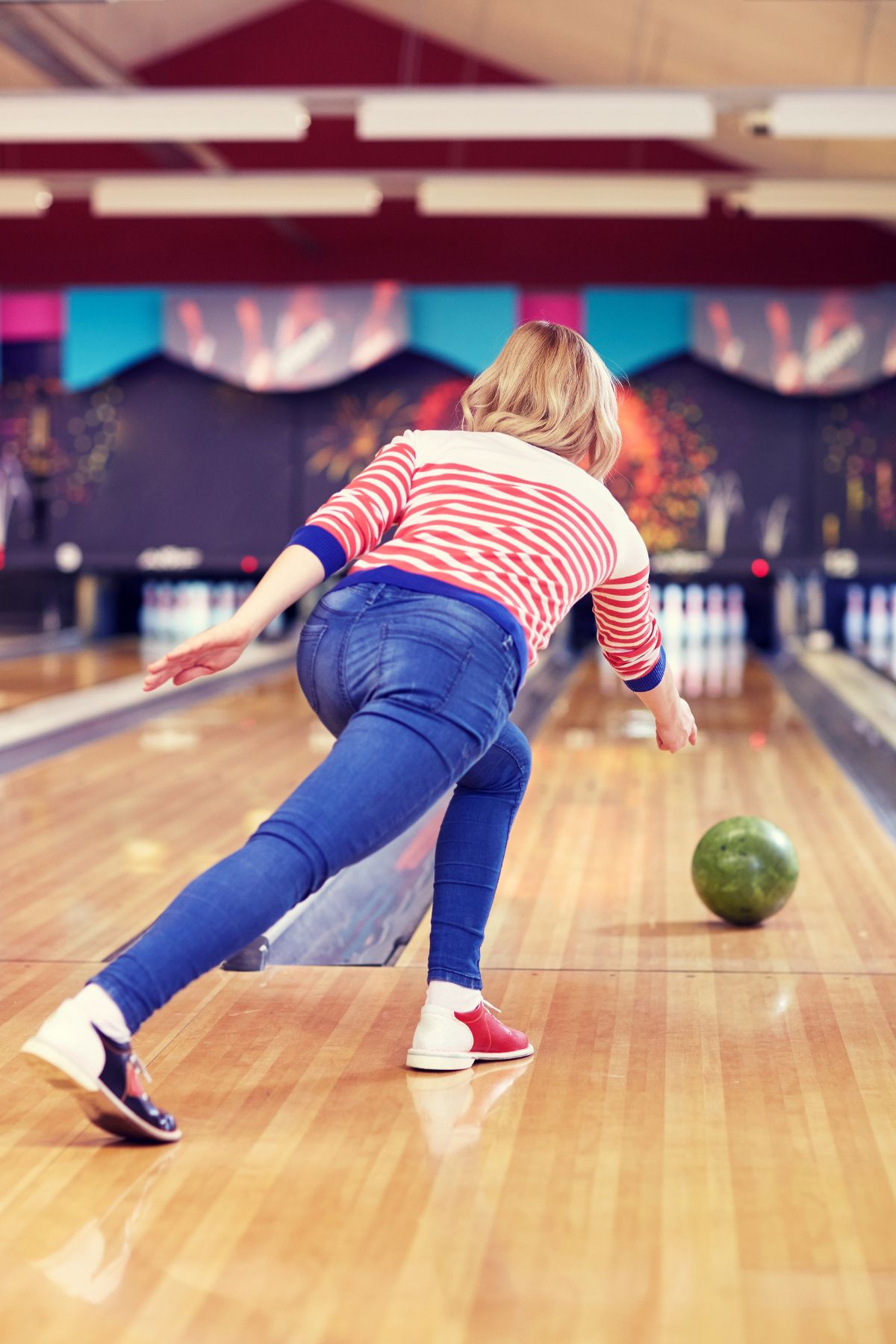
So, if a house pattern is what occurs in the recreational bowling alleys when in competition most bowling alleys will enact a specific oiling pattern which has changed a little over the years but is referred to as a ‘sport pattern’.
The main basic idea here is that it will make bowling more difficult, for competition or ‘sport’ as the name suggests.
A house oiling pattern does make bowling much easier, so for the sake of competition it does make sense to increase the difficulty of the game, which they do by changing the way the lane is oiled.
Unfortunately, it’s not as easy as identifying the pattern so specifically as you can with a ‘house pattern’. While the house pattern is essentially the same everywhere there can be quite a few variables within the sport pattern of a specific bowling alley.
Having different styles of sport patterns like this can give bowling alleys and different competitions a little more variability in their play, challenging the pros that extra amount so they aren’t just playing on the same alley time after time.
This also allows for other things like ball choice to come into your success as a bowler.
The many different types of sport patterns are generally split into two ‘generations’, the first generation being the classic styles used historically, while second generation patterns were only standardized in 2013.
It can be best to check out pictures in order to get the best idea of the shape.
Like most things in bowling, their names can change depending on where you are playing. However, they are most commonly referred to through different wild animal names.
First Generation ‘Sport Patterns’
Chameleon
39 feet in length, this is perhaps the ‘original’ pattern used in competitions and one of the oldest.
This pattern forces players to play a specific part of the lane, as the pattern is mainly formed in strips, making the bowler figure out which part works best.
Different balls can work well on this pattern, use a low friction ball in the less oiled spots, and vice vesta for the well-oiled spots.
However, different styles of bowlers approach the sport pattern differently, there isn’t one style that can work better than the other. There are many competitions that only use a Chameleon sport pattern.
Cheetah
This is a sport pattern that is only 35 feet, so one of the smallest. It is occasionally used purposely on lanes that are more worn than others as it can maximize a specific area of a lane that is usually exempt from wear which is the part closest to the gutter.
Named ‘Cheetah’ this lane requires some quite fast play in order to beat the gutter and can require some focus on the hook to find success with this pattern. The decisions made when dealing with a Cheetah pattern can make the game quite exciting.
Scorpion
At 42 feet this is a quite long sport pattern that demands accuracy. A scorpion oil pattern has one of the higher oil volumes meaning that when you do hit the oil slick areas the bowling ball can wobble.
In order to have success with this pattern, a bowler should look for a direct line to the pocket with speed and ideally a ball with good friction.
Second Generation ‘Sport Patterns’
Shark
At 44 feet this is certainly one of the longest in the list, the general shape means that the bowler must stay in the center of the lane like a shark in the depth of the ocean.
The general idea is to have a direct line like the scorpion in order to avoid the oil changing the hook and roll of the ball causing more misses and low scoring.
Bear
At 40 feet, while quite short, this is considered to be the potentially hardest sport pattern you can play in a bowling lane. As the whole distance of the pattern is basically side-to-side slick oil.
Generally, bowlers find that outside shots are a no-go and lead to the most washouts. Going on the inside can often result in a spare and a manageable formation after but the best line of approach is to play up the third arrow on the lane.
Final Thoughts
So there you have it, most recreational players don’t even realize that there are different balls to play bowling with as well as that their lanes are often oiled to encourage a certain game.
In competition games lanes are often oiled but usually in a variety of different ways that can result in a different game. A house oil pattern is used to make the game easier.
Different patterns encourage different styles of play per bowler which can help the game become more exciting and less hard to predict as well as giving bowlers something extra to think about when they are playing the game such as line and which ball to use.
- A Comprehensive Guide to the Top Bowling Movies of All Time - December 23, 2023
- Bowling Shoes Selection Guide: How to Choose the Right Fit - September 27, 2023
- Bowling Ball Buying Guide: How to Choose the Right Ball for You - September 23, 2023
